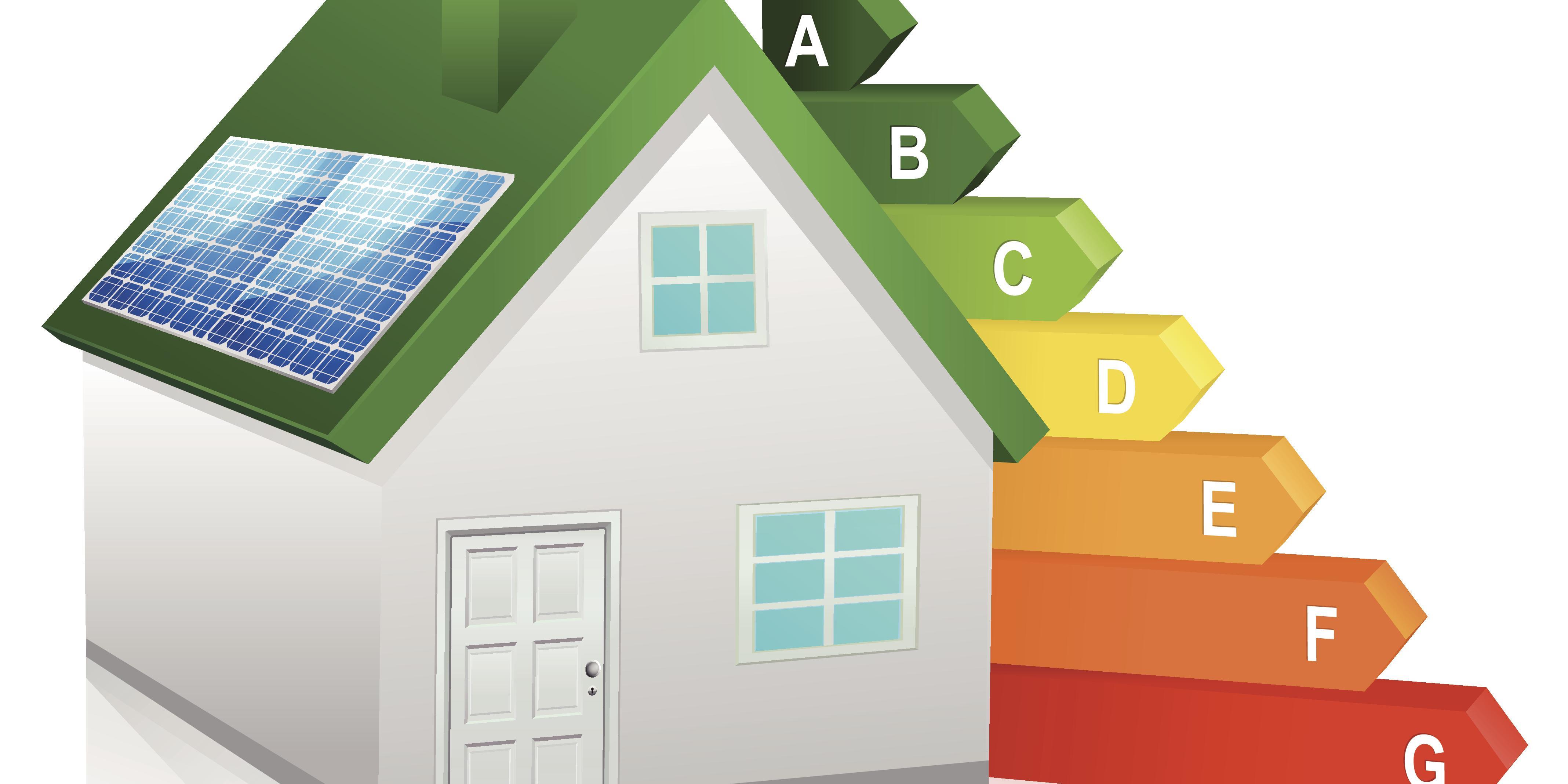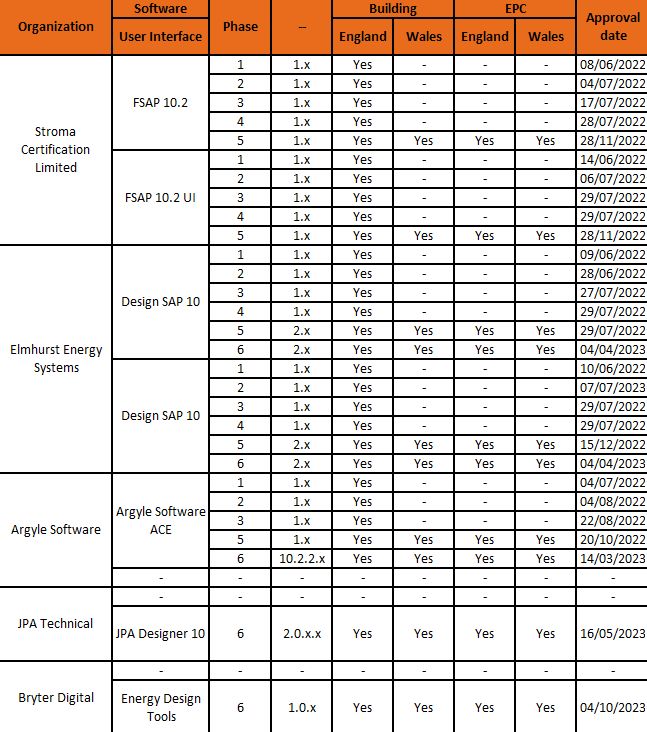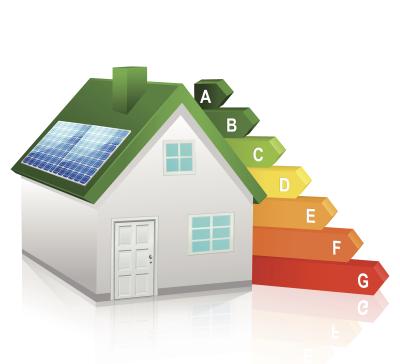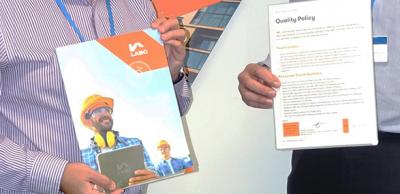Confused by SAP?
Regulation 24 of the Building Regulations 2010 (as amended) requires the Secretary of State to approve a methodology of calculation for the energy performance of buildings. The approved methodology for newly built dwellings is the Standard Assessment Procedure (SAP).
Background
The Standard Assessment Procedure (SAP) for the Energy Rating of Dwellings is the UK Government’s National Calculation Methodology for assessing the energy performance of dwellings. SAP is used to underpin the delivery of several key energy and environmental policy initiatives, for example:
- To demonstrate that new dwellings comply with the Building Regulations
- The production of Energy Performance Certificates (EPCs)
SAP was developed by the Building Research Establishment (BRE) for the former Department of the Environment in 1992, as a tool to help deliver its energy efficiency policies. The SAP methodology is based on the BRE Domestic Energy Model (BREDEM), which provides a framework for calculating the energy consumption of dwellings – and the procedure is consistent with standards set out in BS EN ISO 52016-1 and 52016-2.
How does SAP work?
SAP works by assessing how much energy a dwelling will consume when delivering a defined level of comfort and service provision. The assessment is based on standardised assumptions for occupancy and behaviour. This enables a like-for-like comparison of dwelling performance. Related factors, such as fuel costs and emissions of carbon dioxide (CO2), can be determined from the assessment. The main indicators of energy performance within SAP are:
- Fabric Energy Efficiency (FEE)
- Energy consumption per unit floor area
- The energy cost rating (the SAP rating)
- The Environmental Impact rating based on CO2 emissions (the EI rating)
- The Dwelling Primary Energy Rate (DPER)
- Dwelling CO2 Emission Rate (DER)
- But other values calculated, such as delivered energy or fabric heat losses, can also be used as metrics
The SAP rating is based on the energy costs associated with space heating, water heating, ventilation and lighting, less cost savings from on-site energy generation technologies. It is adjusted for floor area so that it is essentially independent of dwelling size for a given built form. The SAP rating is expressed on a scale of 1 to 100, the higher the number the lower the running costs. The rating can exceed 100 if renewable generation technologies are used.
What version of SAP should be used?
Over the years SAP has been updated multiple times – including 1998, 2001, 2005, 2009 and 2012. The correct version of SAP must be used for your project. So, what version of SAP should be used for your projects?
The most recent version is SAP 10.2. SAP 10.2, in conjunction with the 2019 edition of BRE 443 (conventions for U-Value calculations), is required to be used for Building Regulations purposes as follows:
- In England, where projects are built to Part L (2021 version)
- In Wales, where projects are built to Part L (2022 version)
The method of calculating the energy performance and the rating in SAP is set out in the form of a worksheet, accompanied by a series of tables. The methodology is compliant with the Energy Performance of Buildings Directive (2018/844/EU). The calculation should be carried out using a computer program that implements the worksheet and is approved for SAP calculations. BRE approves SAP software on behalf of:
- Department for Business Energy and Industrial Strategy (BEIS)
- Department for Levelling Up, Housing and Communities (DLUHC)
- Welsh Government
BRE can provide a phased approval or full approval for SAP software. Software with a phased approval may be granted approval specific to dwellings with the following features:
| Phase 1 | Building fabric (walls, roofs, floors, windows etc.), Boilers (mains gas, LPG, electric, oil), Flue Gas Heat Recovery Systems (FGHRS), Secondary room heaters, Instantaneous Waste Water Heat Recovery System, Solar heating (hot water only), Natural ventilation with intermittent extract fans, Centralised Mechanical Extract Ventilation (MEV), Decentralised MEV, Balanced ventilation with heat recovery (MVHR), PV (without battery or diverter), and Air conditioning. |
| Phase 2 | All Phase 1, plus Electric heat pumps, Electric immersion, PV with battery, PV with diverter, and Wind turbines. |
| Phase 3 | All Phase 2, plus Heat Networks (not from PCDB), Balanced ventilation without heat recovery. |
Whereas software that has received full approval has been tested covering:
| Phase 4 | All Phase 3 plus all other systems including Storage WWHRS, Solar heating (space and water heating), and Heat Networks from a Product Characteristics Database (PCDB). |
| Phase 5 | All Phase 4 plus production of EPCs including improvement recommendations, element star ratings and element descriptions. |
| Phase 6 | Revision for heat networks covering SAP qualification update on 11 April 2023. |
To ensure that the correct version of SAP is being used, BRE publishes a list of approved SAP 10 software. At the time of this article being written (Nov 2023), the approved SAP 10.2 software for England and Wales are summarised below:
NOTE: “x” in the version number may be incremented for minor updates that do not affect the calculated results. The software approval applies to any “x”
It is important to always check that the correct version of software is being used to show compliance with Part L and produce EPCs.
Future developments - SAP 11
In 2020, DLUHC commissioned a scoping project for the next version of SAP, named SAP 11, with the aim of advising on how it can be enhanced to support net zero commitments for dwellings. A consortium led by Etude carried out the SAP 11 scoping project and made several recommendations, including how to make SAP more accurate, robust and fit for purpose to support the net zero commitment.
In October 2021, DLUHC appointed a consortium of experts led by the BRE to develop SAP 11. The SAP 11 project team is working with stakeholders to consider the Etude recommendations and how to implement them.
It is planned for SAP 11 to come into force in 2025, alongside the Future Homes Standard update of the Building Regulations.
NOTE: Every care was taken to ensure the information was correct at the time of publication. Any written guidance provided does not replace the user’s professional judgement. It is the responsibility of the dutyholder or person carrying out the work to ensure compliance with relevant building regulations or applicable technical standards.
Sign up to the building bulletin newsletter
Over 48,000 construction professionals have already signed up for the LABC Building Bulletin.
Join them and receive useful tips, practical technical information and industry news by email once every 6 weeks.
Subscribe to the Building Bulletin





Comments
Geographic Differences
Submitted 2 years 1 month ago
LABC Response
Submitted 1 year 9 months ago
Thank you for your query, the existing SAP 10.2 does make allowances for different house types and orientations. There is currently a consultation, from Central Government, for the future home’s standard ( expected to be required for 2025/2026) to replace SAP with a Home Energy Model. This is intended to provide updated performance data considering weather patterns, occupancy and energy demand across England.
Best,
LABC Team
Add new comment